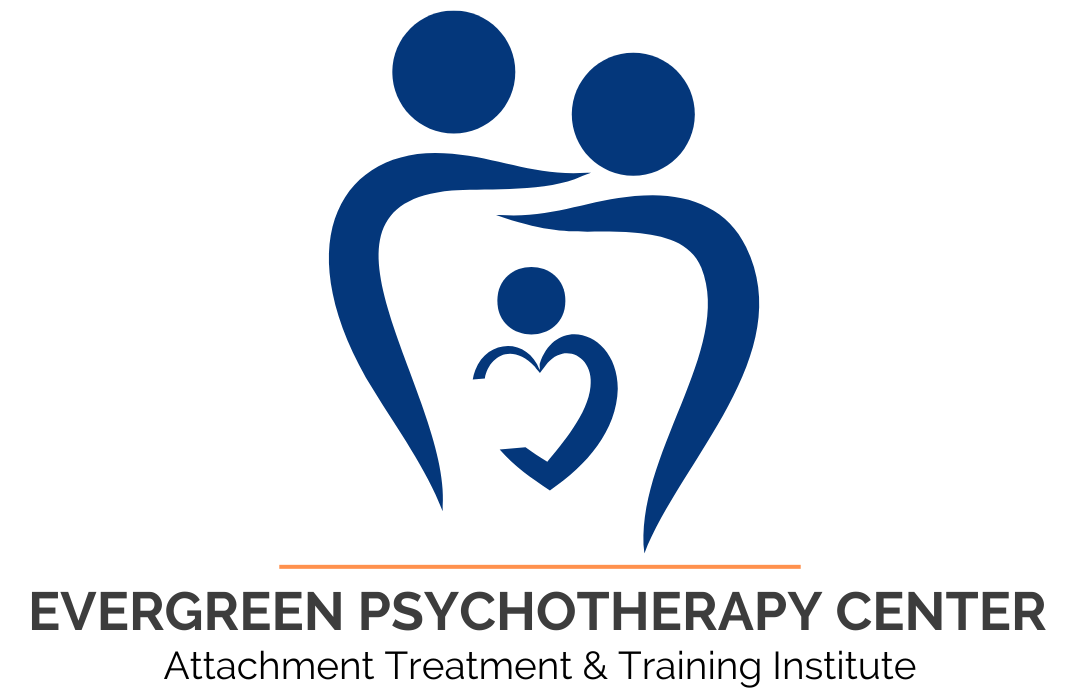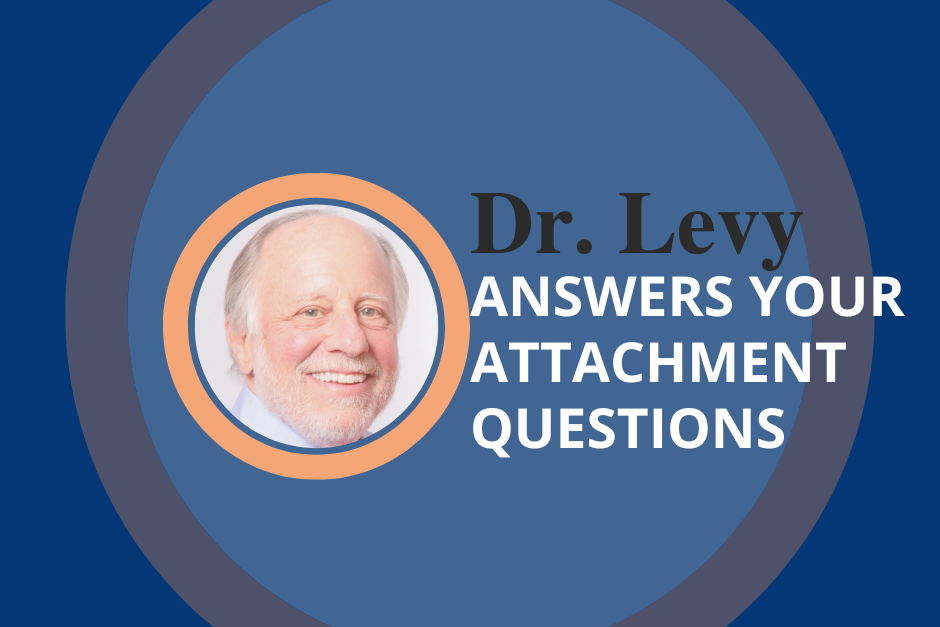Each month, Dr. Levy answers a common question he has received from professionals, caregivers and parents during four decades of pioneering work on attachment theory, treatment and training.
Pregnancy is the dawn of attachment, the time in which parents and the unborn baby begin to communicate and attach.
A fetus has well-developed senses and reacts to biochemical and emotional messages from the parents and environment. As early as six weeks old, the fetus responds to touch, and by five months it will react to parents’ voices. Every sensory system is operative in the womb, and there is ongoing communication between parents (especially the mother) and the unborn baby. The mother’s physical and emotional states are transmitted to her baby.
Is she happy and rubbing her belly in a loving and relaxed way? Is she worried about her future and raising a child? Is she feeling unsafe and becoming emotionally numb to protect herself? These thoughts and feelings are communicated via neurohormonal dialogue–a communication of body and mind–and is preparation for communication after birth.
This communication, both physiological and emotional, between parents and the fetus can have significant impact on future health and development. For example, research has found:
- Severe maternal stress during pregnancy is associated with prematurity, low birth weight, and infants who are irritable, hyper-aroused, and colicky.
- Women who want their babies have easier pregnancies and healthier infants than women who have unwanted pregnancies.
- Synchrony and bonding occur during pregnancy; the mother and unborn baby develop reciprocal sleep-activity cycles and styles of reactivity.
The sharing and understanding of emotional information before birth impact connection and the attachment relationship between parents and child, exerting lasting effects from infancy into adulthood.


